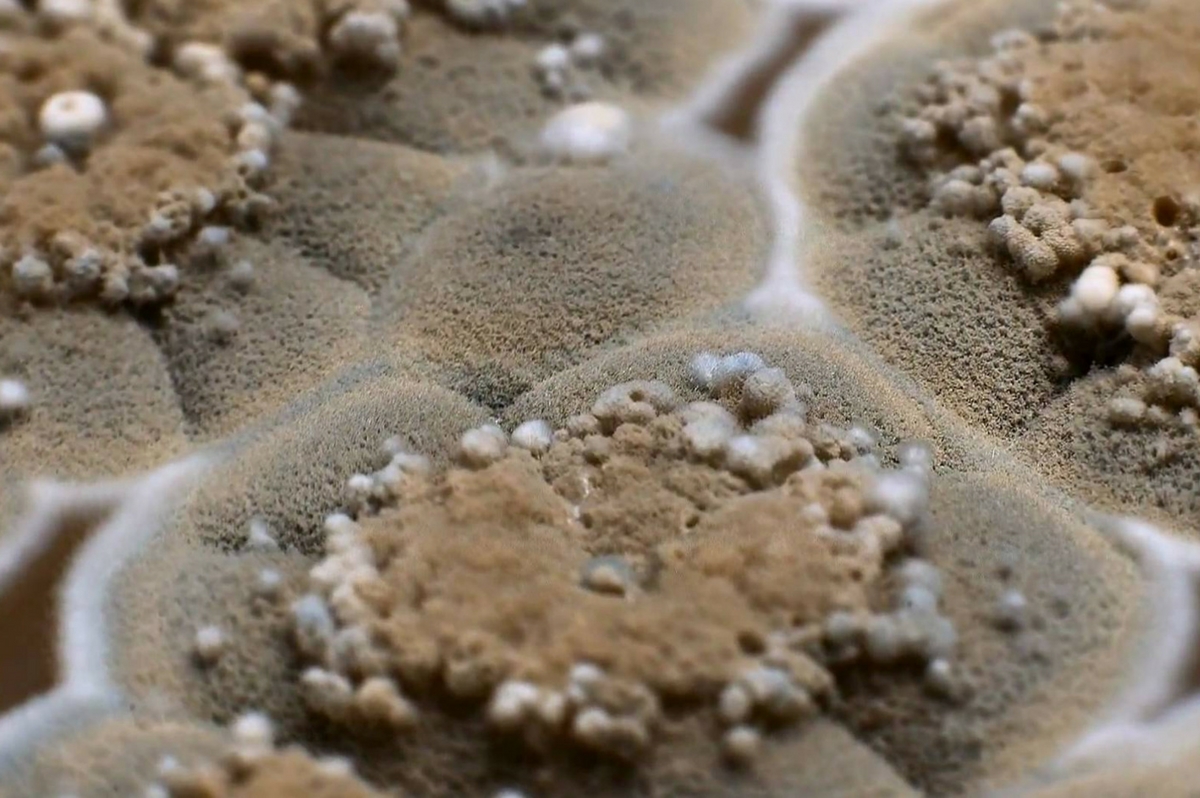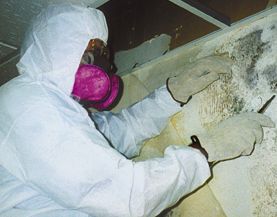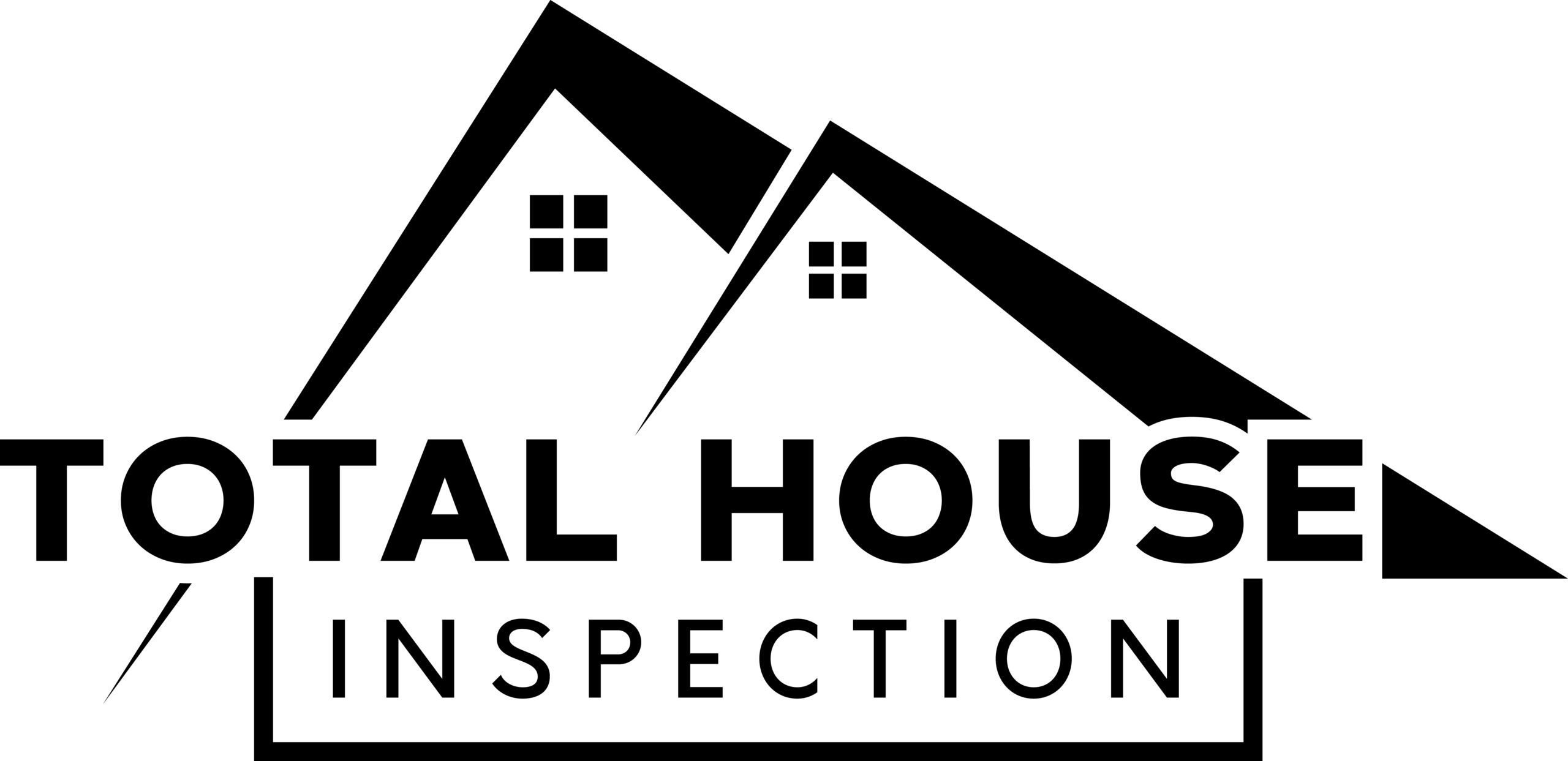
Mold – What you should know about it
Mold – Health, prevention and cleaning of moldy area
Molds are part of the natural environment, and can be found everywhere, indoors and outdoors. It is not usually a problem, unless it begins growing indoors.
Health
- Potential health effects and symptoms associated with mold exposure include allergic reactions, asthma and other respiratory complains. Inhaling or touching mold or spores may cause allergic reactions in sensitive individuals. Allergic responses include hay fever-type symptoms, such as sneezing, runny nose, red eyes, and skin rash.
How do you get rid of it?
- There was no practical way to eliminate all molds, and spores in the environment; the way to control indoor growth is to control moisture. The spores will not grow if moisture is not present.
- If mold is a problem in the home, must be clean up and eliminate sources of moisture. If you hire a contractor to do the cleanup, make sure the contractor has experience cleaning up the mold.
- Fix the source of the water problem to prevent any growth. Dry all damages items completely. It is important to dry water -damaged areas and items within 24-48 hours to prevent mold growth
- Reduce indoor humidity (to 30-60%) to decrease growth by:
- Vent bathrooms, dryers and other moisture-generating sources to the exterior of the house, not in the attic, or inside the garage
- Use air conditioning and de-humidifiers
- Molds can be found almost everywhere, providing moisture is present. Some of them can grow on wood, paper, carpet and foods.

What to wear when cleaning moldy area?
- Avoid breathing in mold or spores. You may want to wear an N-95 respirator
- Wear gloves. Long gloves that extend to the middle of the forearm are recommended
- Wear goggles. Goggles that do not have ventilation holes are recommended. Avoid getting mold or mold spores in your eyes
For more information visit the EPA site.
